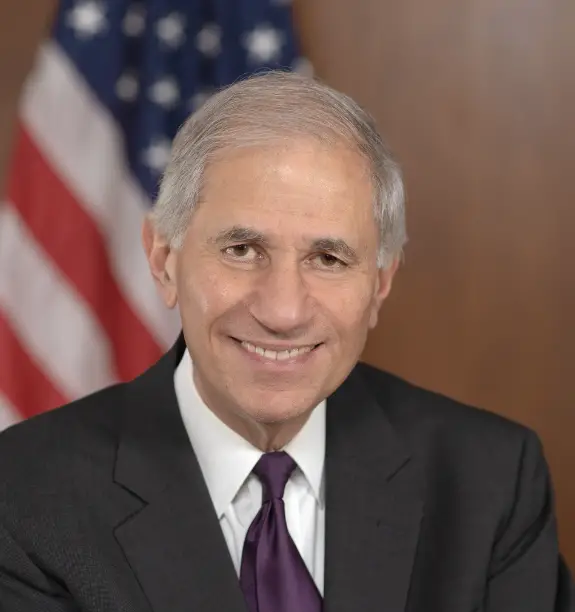FDIC: About 96% of Americans have bank accounts
The Federal Deposit Insurance Corporation (FDIC) on Oct. 25 released a report that found nearly 96% of U.S. households had at least one bank account, the highest percentage since the FDIC began tracking account usage in 2009. The report used data from 2021 that showed only about 4.5%, or 5.9 million households did not have an account with a bank or credit union. The FDIC”™s term for those households not having at least one account is “unbanked.”
“During the pandemic, consumers opened bank accounts to access relief funds and other benefits quickly and securely,” said FDIC Acting Chairman Martin J. Gruenberg. “Safe and affordable bank accounts provide a way to bring more Americans into the banking system and will continue to play an important role in advancing economic inclusion for all Americans.”

The FDIC found that since 2019, the number of households with accounts had increased by 1.2 million. Since 2011, the increase was 5 million households.
There is a racial gap in banking. In 2021, 2.1% of White households were unbanked, compared with 11.3% of Black households and 9.3% of Hispanic households.
The data showed that more people were using mobile banking rather than bank tellers. While only 15.1% did so in 2017, by 2021 43.% were using remote access to do their banking business.
When examining the reasons people did not have a bank account, the FDIC found that about 21.7% of the households said they did not have enough money to meet minimum balance requirements.
When the Covid-19 pandemic was building the FDIC launched its #GetBanked initiative as a way to inform consumers about how to open a bank account online and to facilitate the safe and timely distribution of government economic impact payments through direct deposit. The FDIC conducted a public awareness campaign with targeted advertising in select cities to promote the benefits of opening a bank account, including access to safer, lower-cost financial products.
“The FDIC will continue its educational and outreach efforts to help consumers understand the benefits of a bank account, the consumer protections they afford, and the applicability of deposit insurance,” Gruenberg said. The FDIC insures depositors in a particular bank up to $250,000 each.
The American Bankers Association (ABA) reacted to the FDIC”™s report by saying it welcomed the “encouraging news that the number of unbanked in the U.S. is now at its lowest level since the FDIC started tracking this data.”
The ABA said the decrease in the number of unbanked from 2019 to 2021 shows that a concerted effort by the banking industry, government agencies and community groups can make a meaningful difference in expanding access to banking services, even in the middle of a global pandemic.
“This is progress that every American should celebrate,” the ABA said. “”America”™s banks”™ strong commitment to financial inclusion contributed to this progress. We believe there is a tremendous opportunity to further reduce the number of unbanked in the country.”